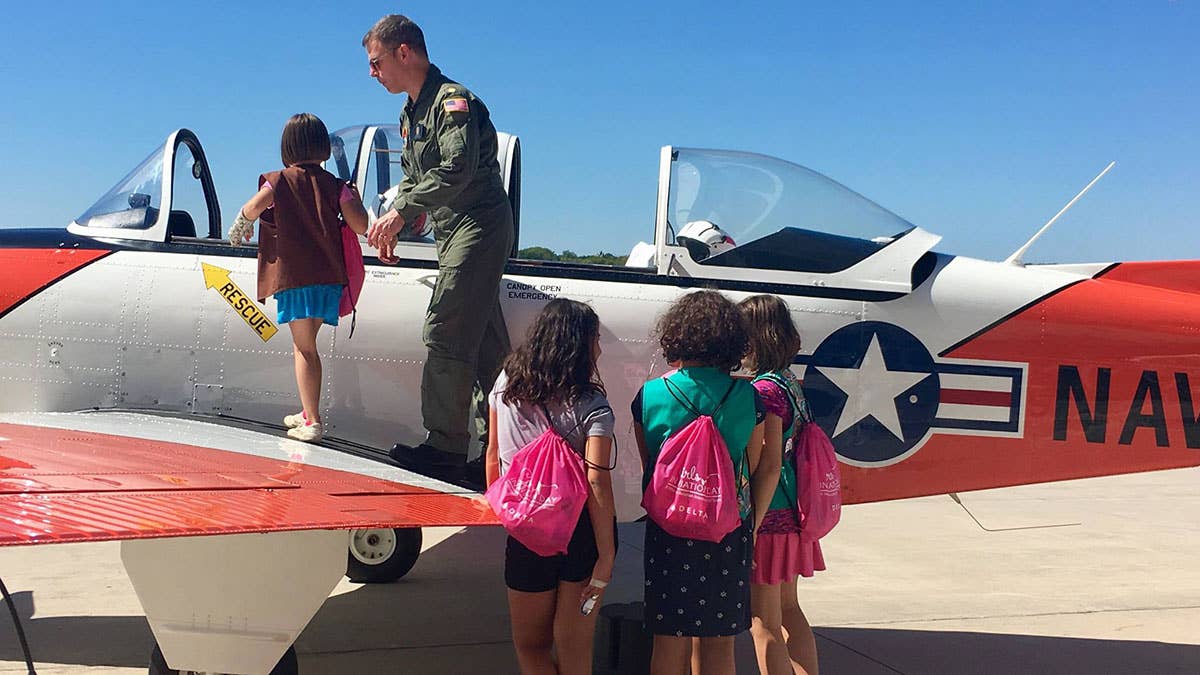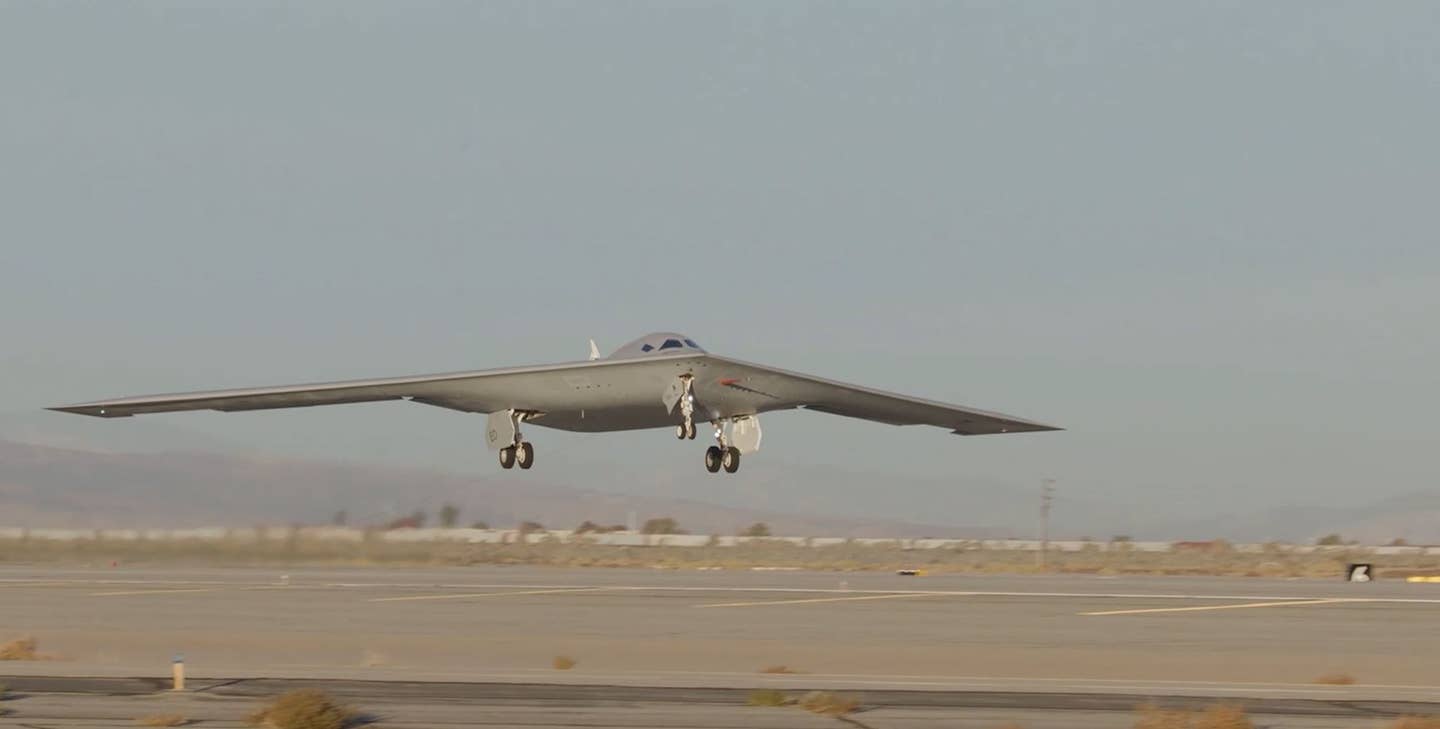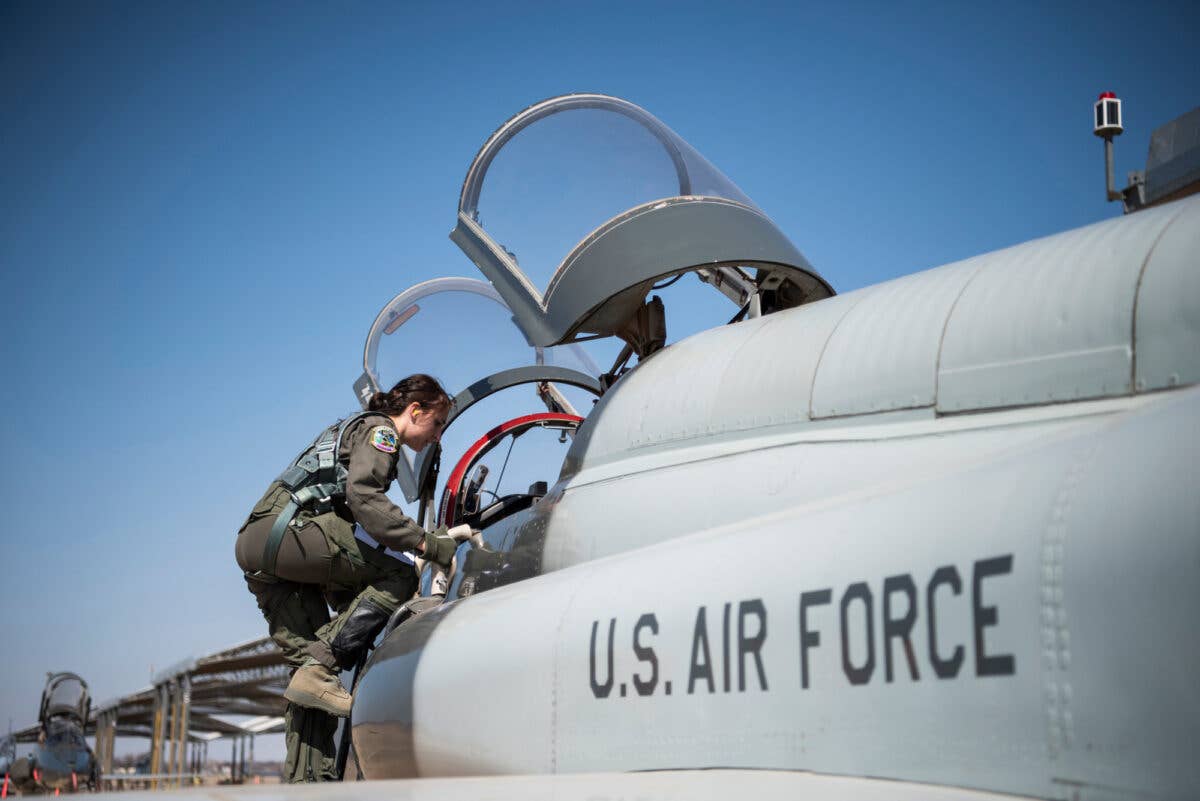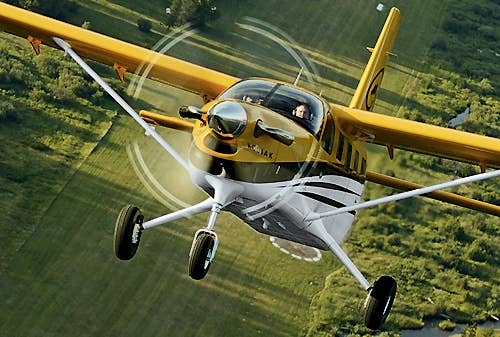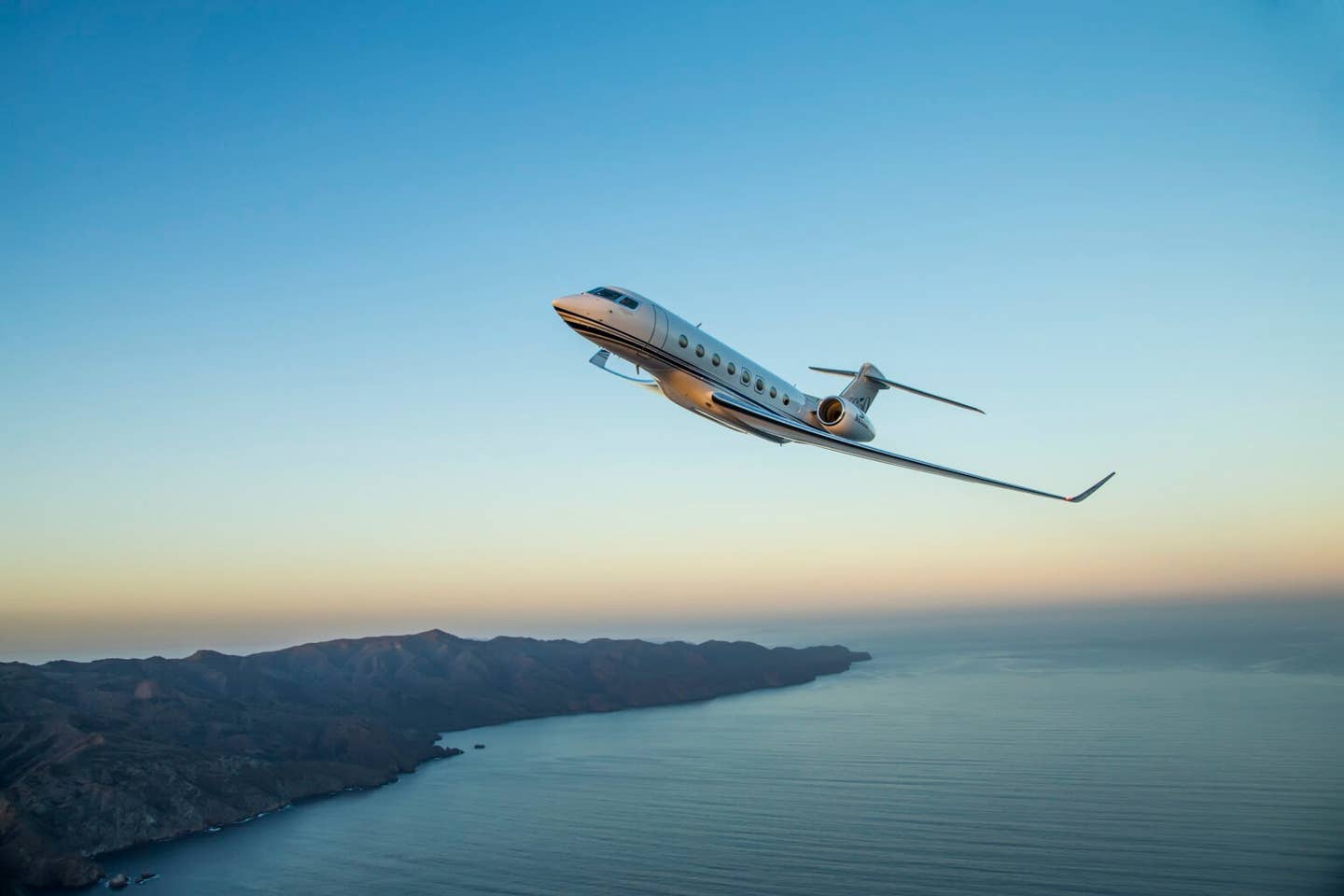How to Become a Military Pilot
Highly precise and skilled, aviators in the armed forces fly aircraft from fighter jets to multiengine transports.
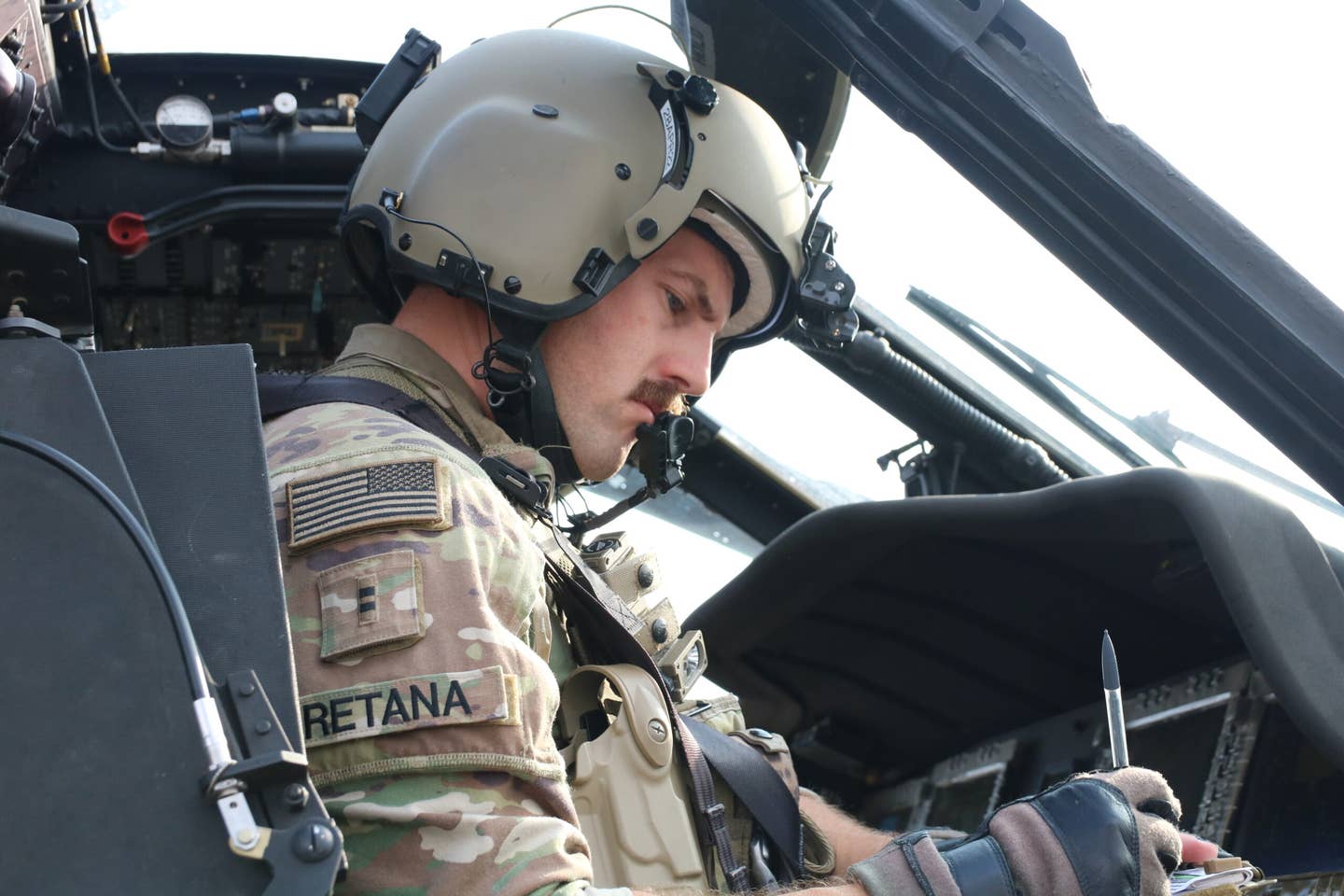
U.S. Army Chief Warrant Officer 2 Raymond Bretana, UH-60 pilot for Bravo Company, 3rd Battalion, 142nd Aviation Regiment, Assault Helicopter Battalion, attached to the 36th Combat Aviation Brigade, prepares start-up procedures on a UH-60M Black Hawk helicopter before conducting a training flight at Camp Buehring, Kuwait, November 3, 2022. [Courtesy: U.S. Army]
Military pilots are among the most skilled and highly trained aviators in the world. Extremely precise and skilled, pilots flying aircraft from fighter jets to multiengine transports are held to lofty standards and respected for their work.
Becoming a fighter pilot is a dream for many. Military flying has been around since the world wars, but as technology advanced—and media representation in movies such as Top Gun increased—the general public’s fascination with military pilots, especially fighter pilots, has only increased.
One of the most popular questions many have is how to become a military pilot in the first place. It is possible to become a pilot in nearly every branch: the U.S. Air Force, Navy, Army, Marines, Coast Guard, and National Guard. Each branch completes its own training, but there are common requirements that apply across the board to help applicants start their careers.
Most notably, a four-year degree is usually required to have a chance at becoming a military or fighter pilot. Some applicants complete this prerequisite by attending a university run by a military branch, such as the U.S. Military , Air Force, Naval, or Coast Guard academies. Still, others attend a traditional civilian university and complete additional requirements on campus.
In addition, pilot hopefuls must be officers. Besides attending one of the four military academies, applicants can complete training at the Officer Training School or, especially notable if they attend a four-year university, ROTC. ROTC programs for all branches exist at numerous universities across the country, providing access to practically any interested pilot.
Pilots must also meet a variety of physical criteria and fitness tests. The Air Force stipulates that height requirements vary based on the aircraft a pilot will operate, but fitness is still of paramount importance. Uncorrected 20/20 vision, or better, is critical, as is good heart health and acceptable hearing. Pilots must also be in good mental health so they can remain calm and focused even in the most stressful situations.
Finally, there are many demographic criteria that a prospective candidate must meet. Pilots need to be a U.S. citizen or permanent resident at least 18 years old. Maximum ages vary by branch but are generally in the mid-30s.
All these requirements must be met before a pilot even gets in an aircraft. After becoming eligible, a pilot must complete a ground school course on aerodynamics, aircraft systems, and more. The military uses a series of basic trainer aircraft, many based on civilian aircraft models, to start their pilots’ training before moving them to advanced aircraft and, finally, the pilot’s permanent type.
Military pilots have a variety of roles and responsibilities. From refueling other aircraft and searching for threatening targets to providing aerial support to ground troops and even dogfighting, pilots are expected to carry out each mission with professionalism, expertise, and skill.
After settling into their new job, pilots have opportunities to be promoted or change types. These moves can often be competitive, and new positions are based on performance. However, military pilots are nothing if not motivated to meet each new challenge and opportunity head-on.

Subscribe to Our Newsletter
Get the latest FLYING stories delivered directly to your inbox

